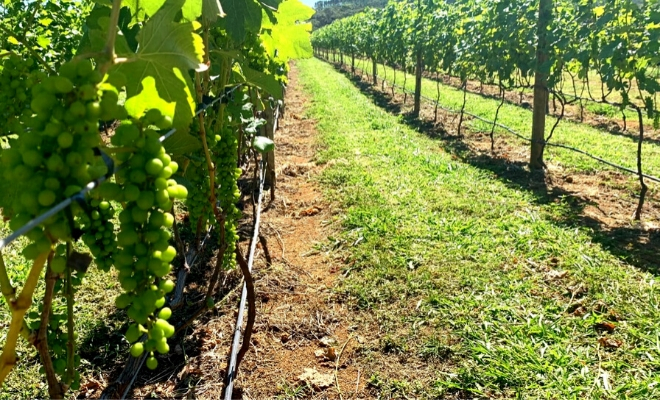Spread over 2 million square kilometers and encompassing 12 Brazilian states, the Cerrado is South America’s second-largest biome. Its name comes from the Portuguese word cerrar, meaning “to close,” in reference to the region being an “inhospitable, closed up space” that is hard to cross. For centuries, that is how this tropical savannah has been seen, but Brazil is beginning to find out that there is so much more to this vast expanse.
Far from inhospitable, the Cerrado is actually one of the Americas’ biggest regions, home to 5 percent of the world’s fauna and flora and the second-largest body of subterranean freshwater on the planet, as well as three enormous river basins. And thanks to massive efforts by the state-owned Brazilian Agricultural Research Corporation (Embrapa), the Cerrado has also become one of the world’s largest grain producers in the world — and one of the main driving forces of the Brazilian economy.
The Federal District, a tiny portion of land where the capital city Brasília was built in the 1950s, has stood out by posting the highest productivity rates for several crops — something that flabbergasts even Brazilians. But this wasn’t always the way.
The soil in Brazil’s Cerrado is notoriously acidic and lacking in nutrients. Embrapa set about developing new forms to clean up the land, prepare it for crops, and correct its soil acidity. It also came up with innovative fertilization formulas — a process the company calls “the construction of the agricultural Cerrado soil.” To make this successful, Embrapa relied on a group of agricultural ‘guinea pigs,’ launching a settlement program in Planaltina — a satellite city on the outskirts of Brasília — taking several families from the south of Brazil who were up to the challenge of farming on the hostile Cerrado soil.
Forty-three years later, the settlements are producing multiple...


 Search
Search






































